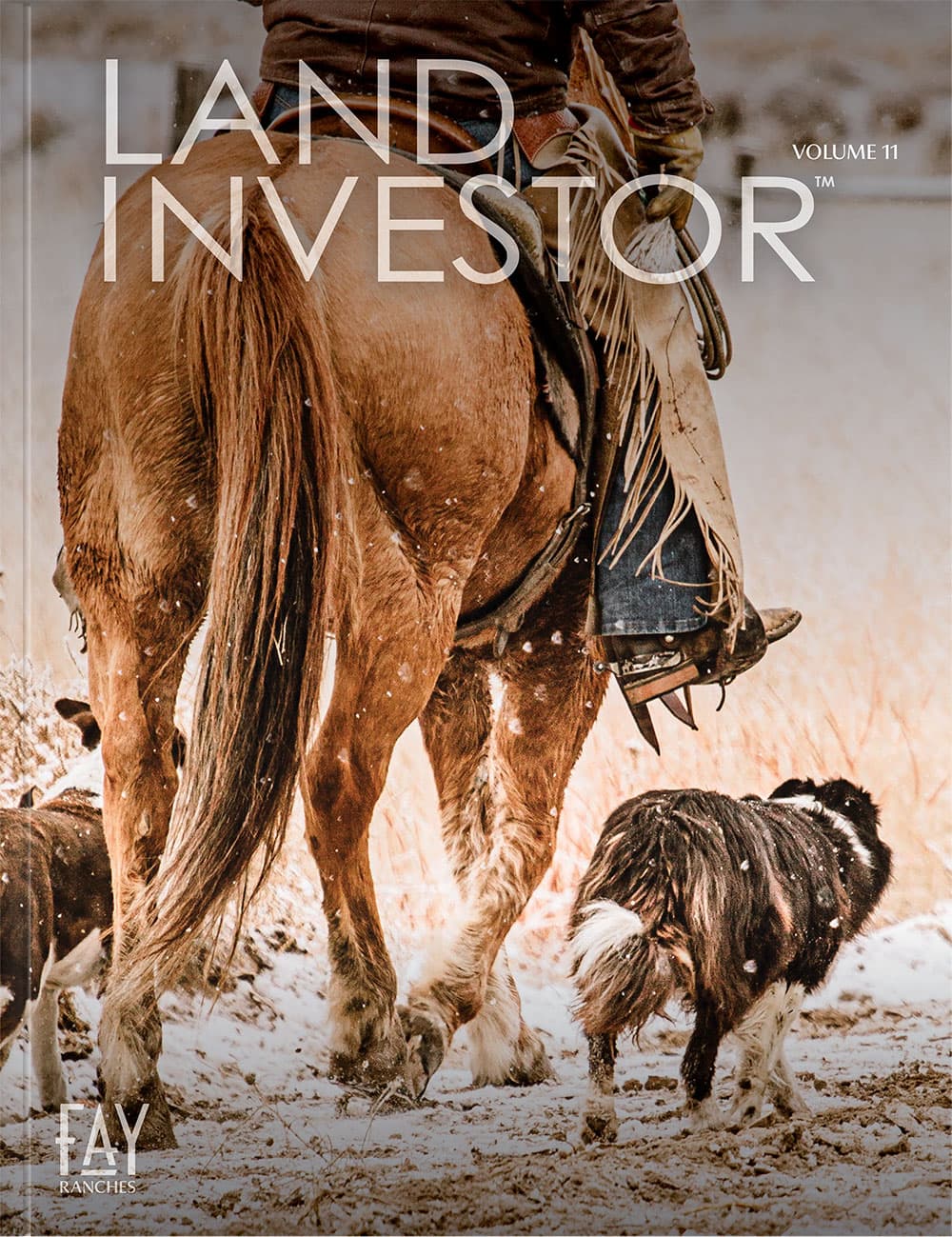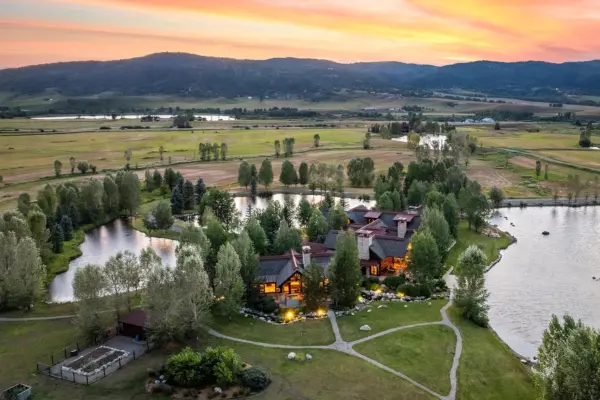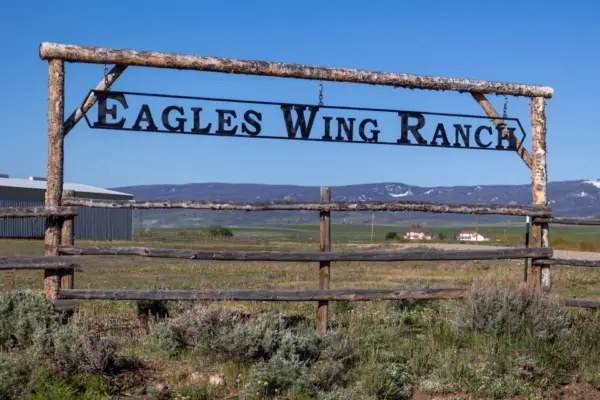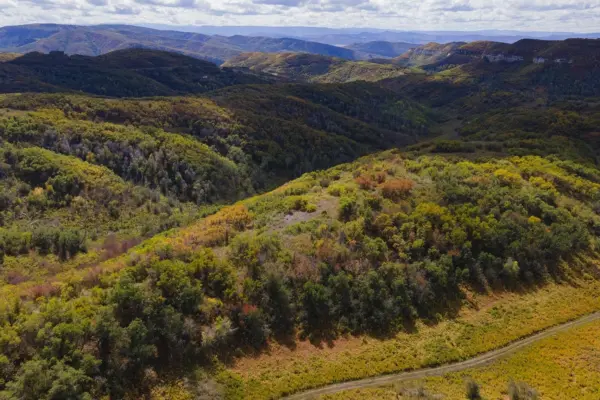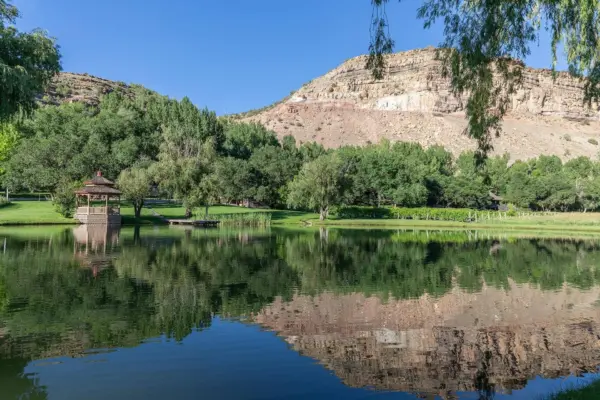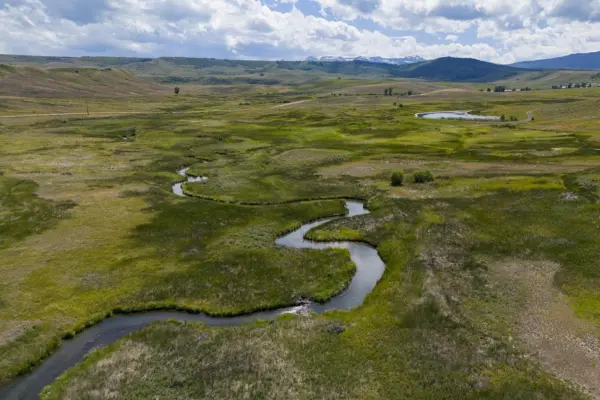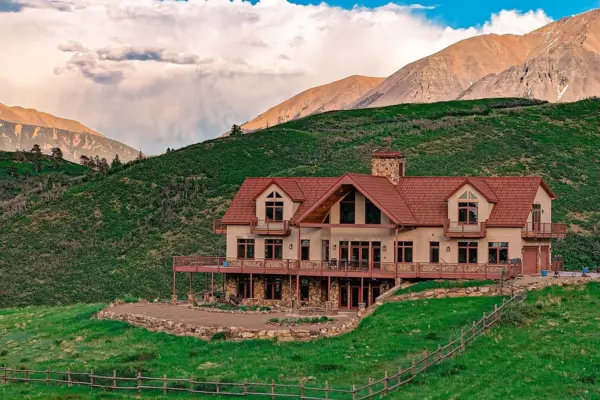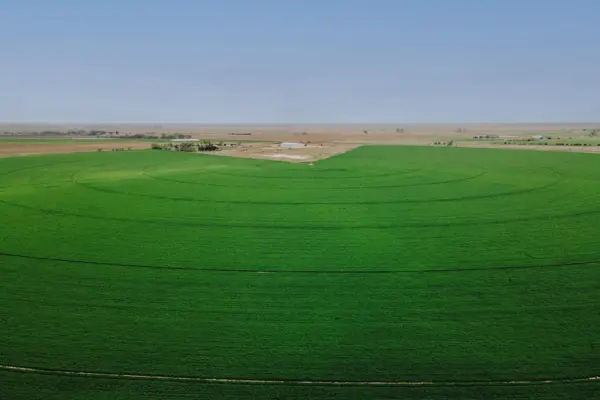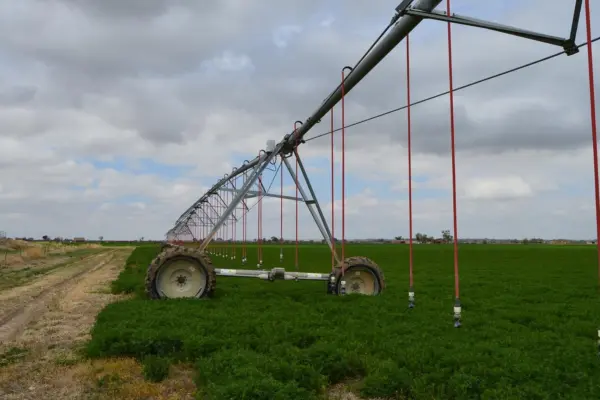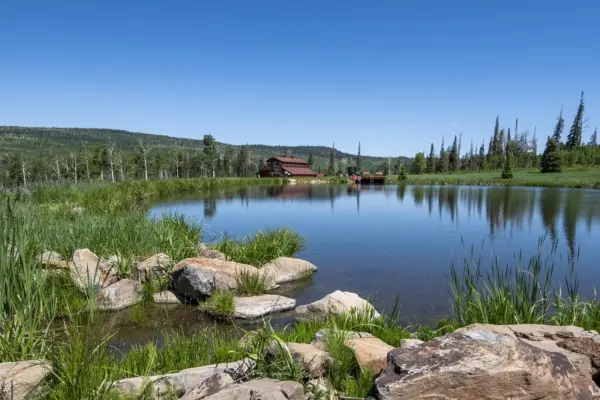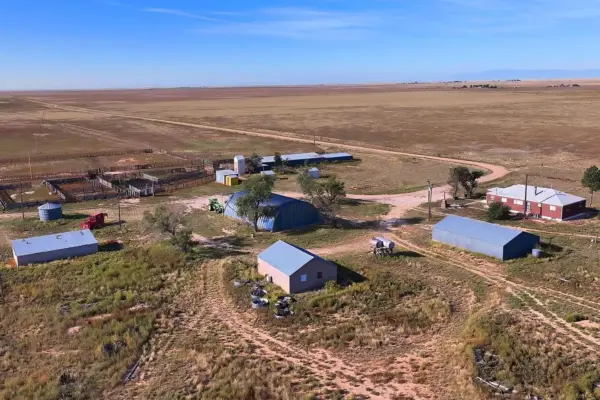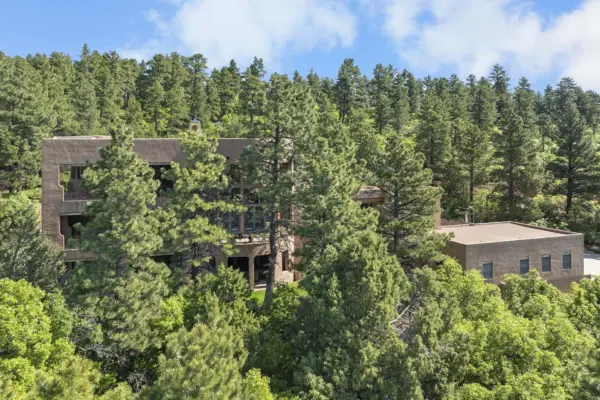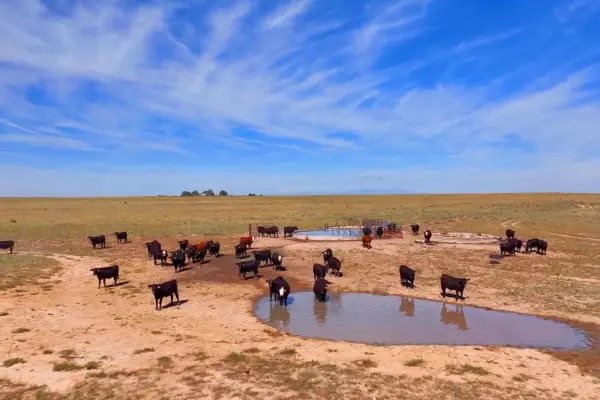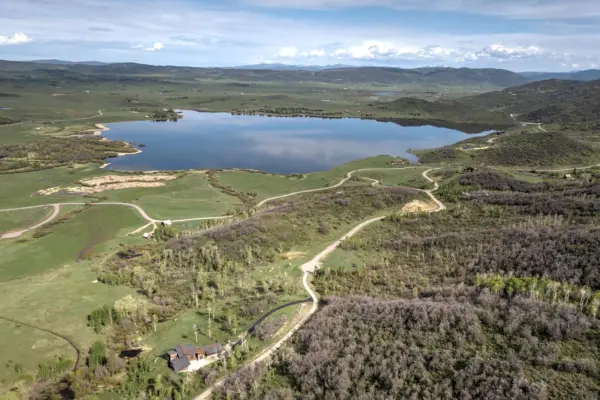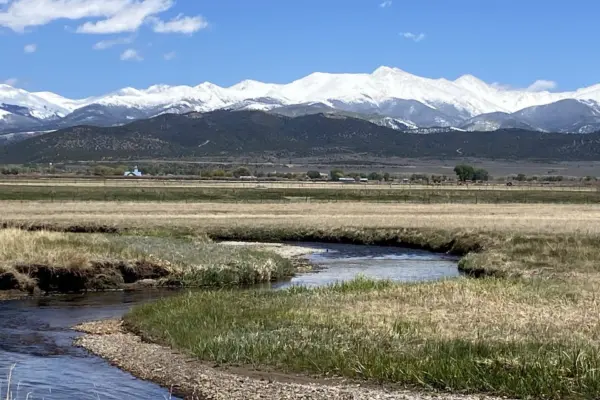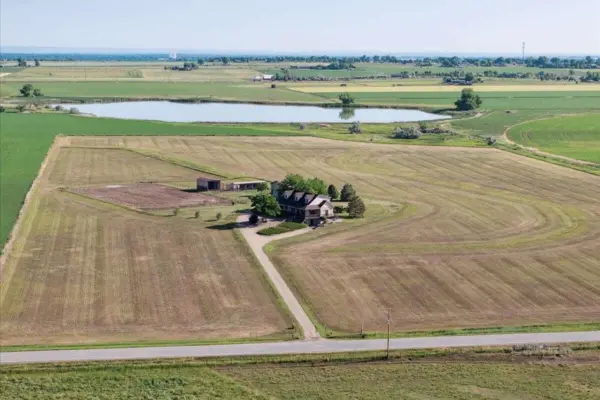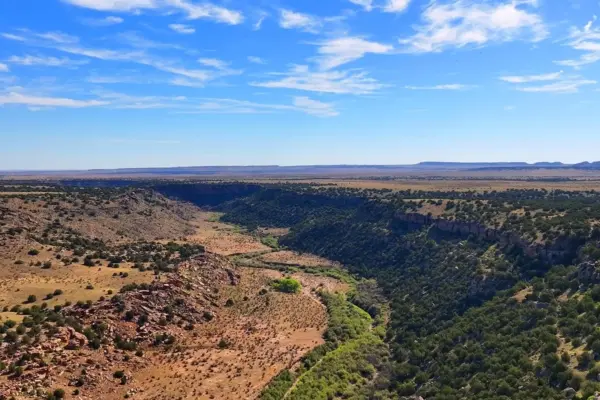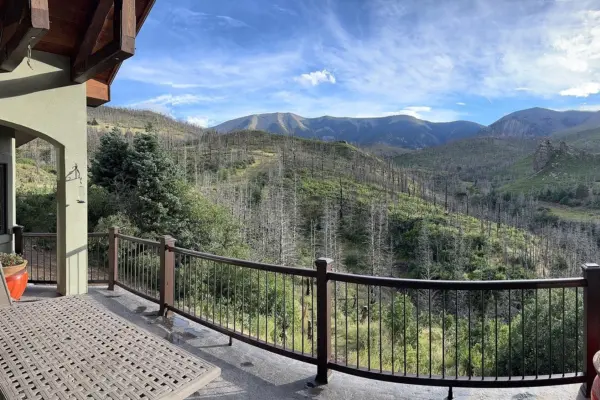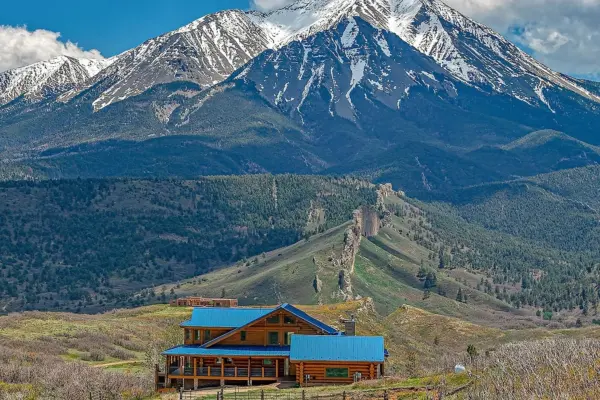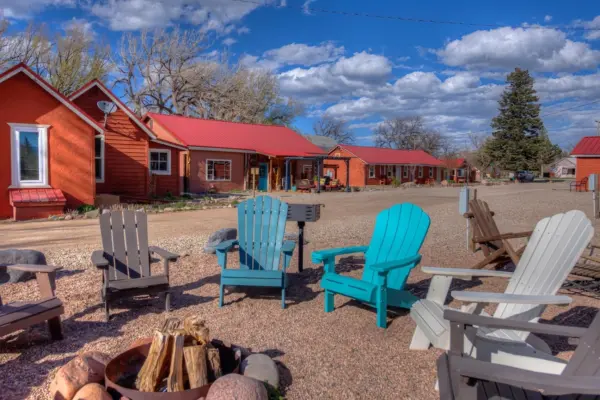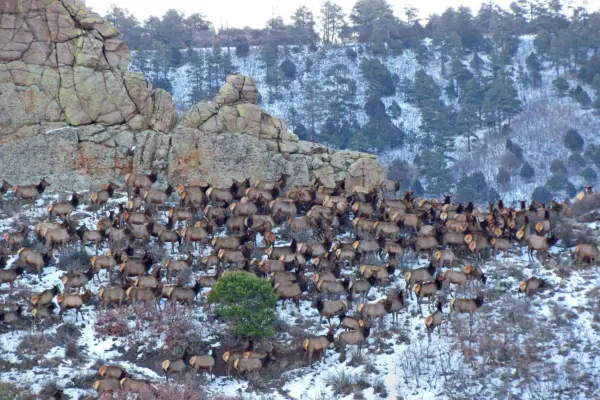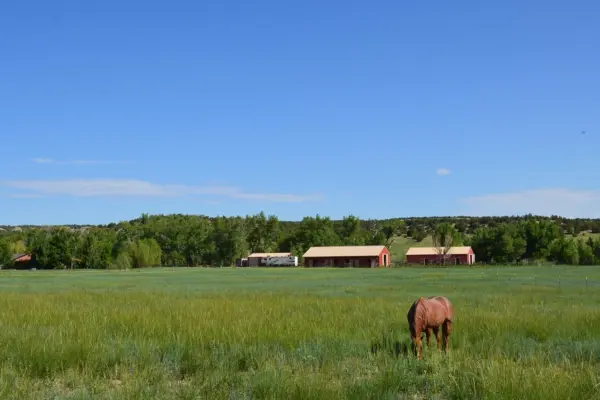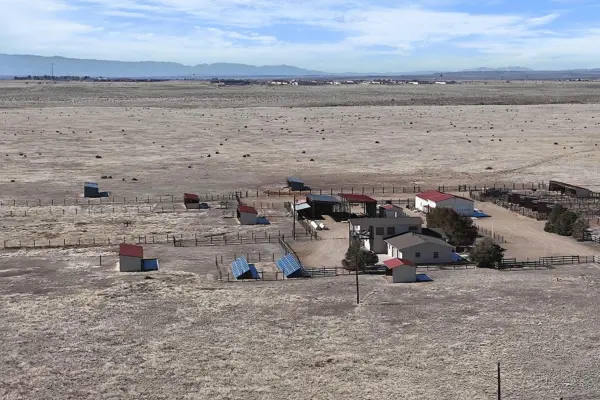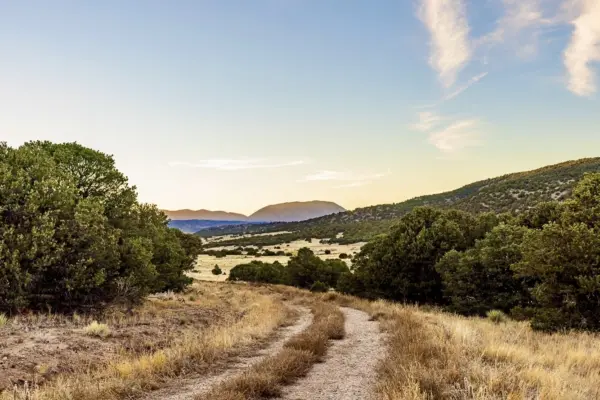There is a renewable energy boom happening across the country. New wind and solar projects are cropping up at extraordinary rates, creating an abundance of new jobs and investment in the sector. All of this is possible because developers, investors, and (very importantly) landowners clearly see the energy transition that is happening across the U.S. and are taking strategic steps to be a part of it.
The U.S.’s last energy sector roar began 15 years ago when improvements in fracking technology led to a massive amount of fossil fuel extraction. And, we’ve seen recent increased demands for U.S. energy as the European energy crisis created a drastic reduction in energy supplies.
America is no stranger to the rise, and often subsequent falls, of industries. However, unlike the recent natural gas and crop booms, the renewable energy boom offers long-term financial certainty. This economic investment is more or less guaranteed by the recently passed Inflation Reduction Act – giving companies investment confidence like never before.
Tailwinds for U.S. manufacturing and renewable energy stakeholders
The Inflation Reduction Act was heralded for reinvesting in the American manufacturing sector to produce more of the materials needed for the thousands of wind and solar projects that will be built over the next decade. The farming and ranching communities in the U.S. will also reap significant benefits of this boom. Historically, agriculture-focused states like Texas, Washington, and Iowa have led the country in installed renewable energy capacity. This didn’t happen because of any state requirements to build renewable energy, but instead because of market economics and lucrative opportunities that landowners and investors saw and took advantage of.
Land for renewable energy projects is typically secured through a long-term lease or a purchase of the property needed to build the project. Values offered for leases and purchase agreements are often proportional to land value, so you see rates grow across the country, starting with lower rates from the Desert Southwest and increasing to higher rates in the Northeast. Land that is purchased for renewable energy projects is often bought at a premium in exchange for having a development period where the developer has an opportunity to study the property before closing the sale.
Lease rates can be 2-3x that of cash rent for farmland, or even higher multipliers for ranchland. These leases provide opportunities for landowners and investors to diversify their sources of income and create long-term, stable revenue from their property that escalates over time.
Solar projects offer a simpler value add to land, as a property is converted from its current use to a solar project and a lease rate is paid for all the acreage involved. For the standard Midwest solar farm signing a lease today, projects can pay $800-$1200 per acre per year once they’re up and running, and the rates almost always escalate over time. Payments for wind projects tend to be a bit more complex, with different payouts for the turbines or what might be considered ancillary structures like roads or easements for electrical cabling. Generally, landowners in the Midwest that have a turbine on their property are paid $10,000-$15,000 per turbine per year. And with each turbine taking up about an acre of land or less, landowners can continue using their remaining land for farming, ranching, or recreation.
For landowners and investors that choose to get involved in a wind or solar project, it’s important to understand the three phases of nearly every project. Phase one is called the Development Phase or Due Diligence Phase, which typically lasts four to six years. Landowners receive a modest annual payment while the project developer conducts environmental, engineering, and financial studies to better understand how a project could be built. After this diligence is completed, the developer looks to secure loans for construction and long-term contracts to sell the power that will be produced. Phase two is the Construction Phase and, for most projects, lasts from one to two years. The third phase, the Production Phase, occurs when the wind or solar project is operating and producing energy. Projects can be operational for over thirty years, after which the projects can either be repowered or decommissioned and everything is removed from a property. Developers are responsible for decommissioning and returning the land as it was prior, which could be used for farming, ranching, or recreation once again.
Broader Benefits of Rural Renewable Investment
On top of immediate payouts to landowners, renewable energy projects can also bring benefits for a broader community. Like any large infrastructure project, these developments can create a significant investment in the community. This includes taxes the developer pays to the county for the life of the project that are often used to improve roads, schools, and hospitals – without placing a strain on existing services. Many solar projects are seeded with native plant species, creating benefits to neighboring farms and ranches through pollinator habitat and soil stabilization.
Many landowners and investors across the country are well positioned to cash in on the renewable energy boom for years to come. Over the next decade, the U.S. wind and solar industries are projected to grow by four-fold. By mid-century, the land anticipated to be needed for solar projects is estimated to be around the size of the state of Ohio, while the area anticipated to be needed for wind projects is about twice the size of the state of Texas, with the turbines themselves occupying a fraction (one acre, each) of the overall project area. An unprecedented economic opportunity is available to farmers, ranchers, and land investors. And, at its core, wind and solar are cash-producing crops that don’t need water, tilling, planting, weeding, or spraying. We like to say, there are yields above your fields and harvesting simply involves cashing the checks and doing your taxes.
